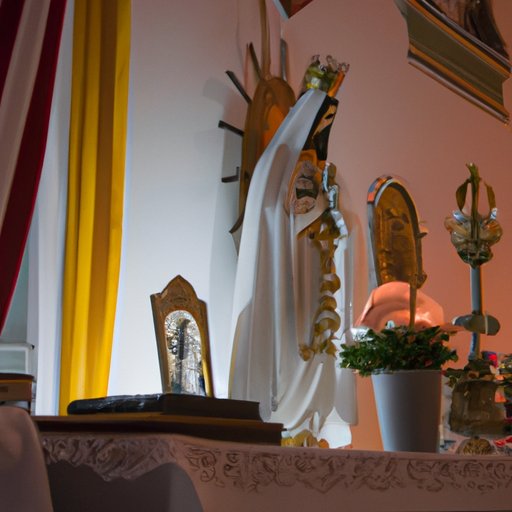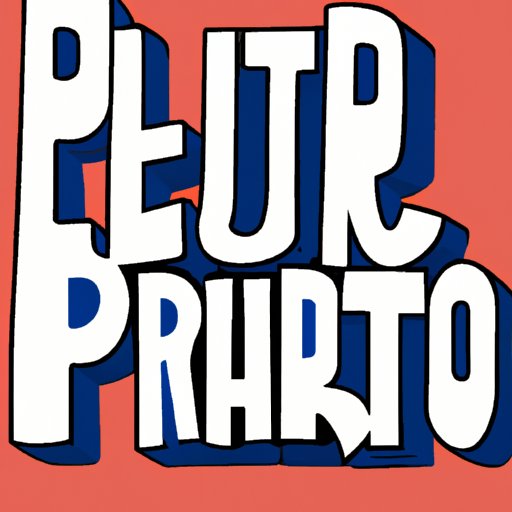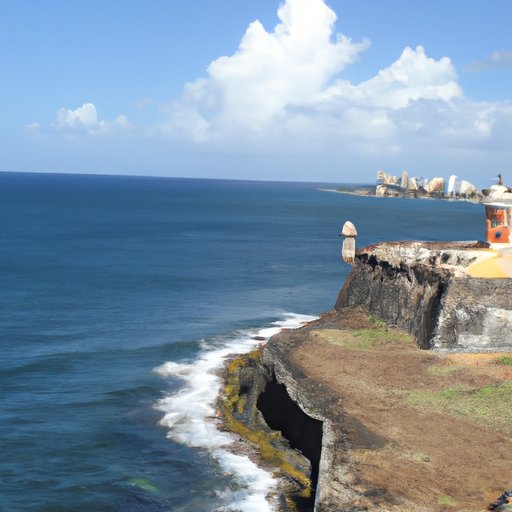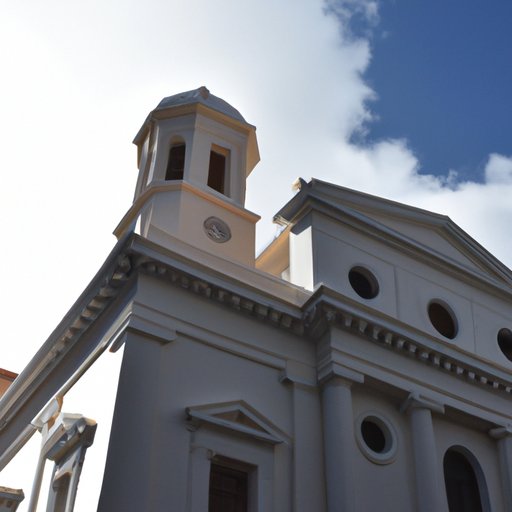Introduction
Puerto Rican culture is a unique blend of influences from both Spanish and indigenous Taíno cultures. Over centuries, the cultural landscape of the island has been shaped by its tumultuous history, its cosmopolitan population, and its close ties to North America. This article will explore the many facets of Puerto Rican culture, from traditional music and art to cuisine, religion, language, and the impact of tourism.
A Historical Overview of Puerto Rican Culture
The culture of Puerto Rico has been shaped by its long and varied history. Prior to the arrival of Europeans in the 15th century, the islands were inhabited by the Taíno people. The Taíno had a complex society and played an important role in shaping the culture of the island today. Many aspects of their culture, including their language, religious beliefs, music, and art, can still be seen in modern-day Puerto Rico.
When the Spanish arrived in the 16th century, they brought with them their own customs, language, and religion. These influences blended with existing Taíno traditions to create the basis for modern Puerto Rican culture. During this period, African slaves were also brought to the island, contributing to the diversity of the population and introducing new elements to the culture.
In 1898, Puerto Rico became a U.S. territory following the Spanish-American War. This led to increased American influence on the island’s culture, particularly in the form of English language education and the introduction of American products and popular culture. Today, Puerto Rican culture is a unique mix of Spanish, Native American, African, and American influences.
Exploring the Music, Art and Dance of Puerto Rico
Music is an important part of Puerto Rican culture. Traditional music includes styles such as bomba, plena, and seis, which are rooted in African and Taíno traditions. Folklore and contemporary music have also become increasingly popular in recent years, incorporating elements of jazz, reggae, and salsa. Music plays an important role in many social occasions, from religious ceremonies to family gatherings.
Visual arts are also deeply embedded in Puerto Rican culture. Artists such as Francisco Oller, Jose Campeche, and Rafael Tufiño have made important contributions to the island’s rich visual arts heritage. Paintings, sculptures, and ceramics often reflect themes related to the history and culture of the island.
Dance is another important aspect of Puerto Rican culture. Traditional dances include salsa, mambo, merengue, and bachata, all of which have evolved over time and are now popular across Latin America and beyond. Dances are often accompanied by live music, creating a vibrant atmosphere at festivals and other events.
An Inside Look at Local Cuisine in Puerto Rico
Food is a major part of Puerto Rican culture. Traditional dishes include arroz con gandules (rice with pigeon peas), pasteles (starchy dumplings filled with pork or chicken), and bacalaitos (cod fritters). More modern influences can be seen in the increasing popularity of fast food, pizza, and other imported cuisines. Popular ingredients used in Puerto Rican cooking include plantains, yuca, coconut, and seafood.

The Role of Religion in Puerto Rican Culture
Religion plays an important role in Puerto Rican culture. Roman Catholicism is the most widely practiced religion, with nearly 80% of the population identifying as Catholic. Other religious groups represented on the island include Protestantism, Judaism, Islam, Buddhism, and Hinduism. Religious holidays and observances are widely celebrated throughout the year, often featuring traditional music, dance, and festivities.

How Language Shapes Puerto Rican Culture
Language is an essential part of Puerto Rican culture. Spanish is the official language, and is spoken by the majority of the population. English is also widely understood, particularly among younger generations. Other languages spoken on the island include French, Portuguese, and various indigenous languages.

Examining the Cultural Impact of Tourism on Puerto Rico
Tourism has had a major impact on Puerto Rican culture in recent years. It is estimated that over 4 million tourists visit the island each year. While the influx of visitors has provided an economic boost to the island, it has also had significant social and environmental effects. For example, some locals have expressed concern that the presence of tourists is leading to a rise in prices, while others worry about the impact of large numbers of visitors on the environment.
Conclusion
Puerto Rico is home to a vibrant and diverse culture, shaped by centuries of history and influenced by the many different people who have called the island home. From traditional music and art to local cuisine, religion, and language, there is much to learn and appreciate about the culture of Puerto Rico. Finally, it is important to consider the impact of tourism on the island, both positive and negative.
Learning about Puerto Rican culture can be a rewarding experience. It can provide insight into the history of the island and help to foster greater understanding and appreciation of its people, customs, and culture.
(Note: Is this article not meeting your expectations? Do you have knowledge or insights to share? Unlock new opportunities and expand your reach by joining our authors team. Click Registration to join us and share your expertise with our readers.)
